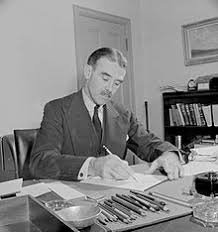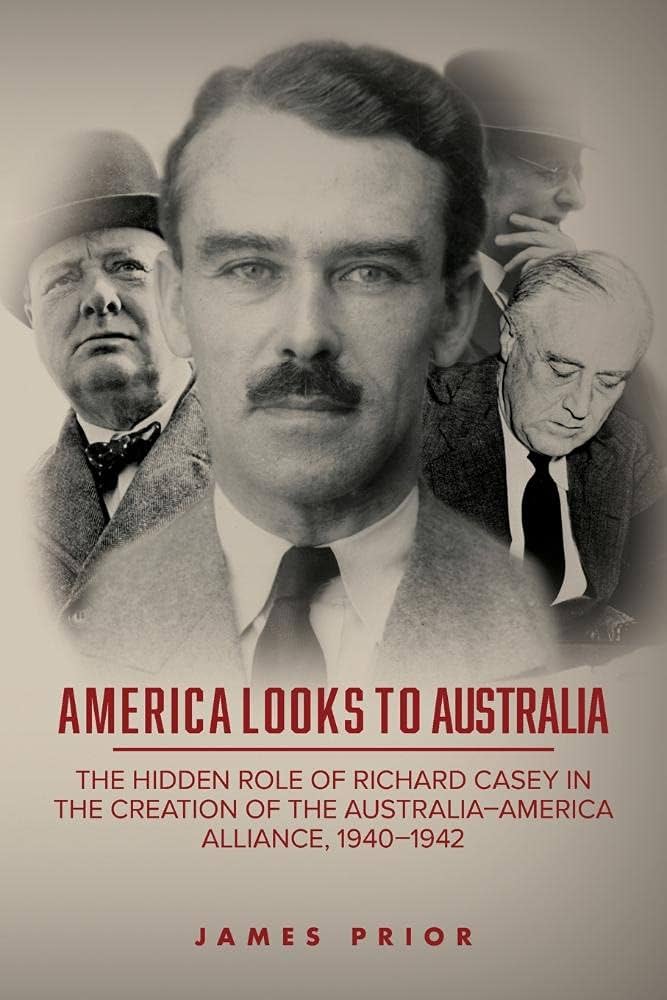
Richard Casey, born in Brisbane in 1890, was a prominent Australian statesman and diplomat. During the early years of World War II, he served as Australia’s first Ambassador to the United States from 1940 to 1942.
During his tenure, Casey played a pivotal role in strengthening the Australia–United States alliance. His efforts were instrumental in establishing Brisbane as a significant base for Allied operations in the Pacific. This strategic development was crucial, especially following the Pensacola Convoy’s arrival in Brisbane shortly after the attack on Pearl Harbor.
Casey’s advocacy for Brisbane’s strategic importance contributed to the city’s selection as a central hub for military operations. This decision had lasting impacts on Brisbane’s development and its role in the Allied war effort.
For a more detailed account of Casey’s experiences during this period, his memoir, “Personal Experience 1939–1946,” provides valuable insights into his diplomatic endeavours and the broader geopolitical landscape of the time.

